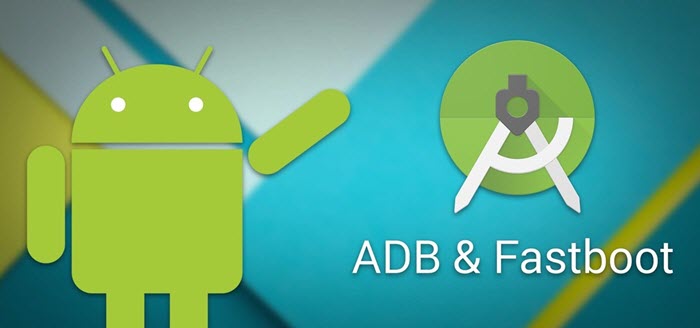It is common that most of the android users are ignorant to ADB. The chances are that if you have not decided on rooting your device or tried your hand at remote bug fixing, you might not have heard of ADB. To put it simply, ADB is an interface that connects your PC or computer to your android system.
It helps your PC communicate with the core Android system. Using ADB, you can input code into your PC, and your android phone will execute them.
To use ABD, you need to download the ADB files onto your PC. After you have installed the ABD drivers on your PC, connect your phone to the PC via USB cable. Open the command terminal within the ABD folder to input commands in the ADB window.

(Source)
If you are new to ADB commands or need some dusting up on the essentials, you are at the right place. Check out our list of the things you can do with ADB!
Top 8 Things You Could Do With ADB:
- Batch Install Apps:
- Backup Your Phone:
- Move A Specific File To Your Phone Storage:
- Move A Specific File From Your Device To The PC:
- Reboot Your Android Phone:
- Boot To Bootloader:
- OEM Unlock:
- Change Screen DPI:
If you have a folder full of android apps on your PC/Phone that you need to install onto your Android device, this command is for you. It is truly tiresome to install apps one by one. So type the following command line as it is on your command window and press enter. The apps will start to install one by one.
for%f in(\*.apk)doadbinstall “%f”
With this command, you can back up all the data that is on your phone to a specified location. This includes the apps and app files. Enter the following command in recovery mode, and you are all set to start the recovery process.
adb backup -all -f /backup/location/file.ab
If you want to move a specific file into your device’s storage, then you can do it from the ADB terminal. For this task, you must use the ADB push function. Enter the following command line in the terminal to get the desired operation
adb push [file_name.format] /sdcard/[location]/
To get a specific file from your mobile to your PC, you need to use the ADB pull function. Enter the following command in the ADB terminal to get the desired results.
adb pull /[location]/[filename.format] C:\[final_destination]\
Did you know that you can reboot your android device straight from the ADB terminal? Enter the listed command to reboot your android phone.
adb reboot
If you want your phone to boot to bootloader rather than a simple reboot, you can use the following command. Bootloader comes in handy when you want to root your phone or to do some debugging.
adb reboot-bootloader
If you are trying your hand at rooting your phone, then fastbootOEM unlock is a must. You have your OEM unlocked, use the following command. Keep in mind that it erases everything on your android phone.
fastbootoem unlock
If you want to experiment with your screen’s dpi intensity, you can try out the following command
adb shell wm density – shows current density
adb shell wm density – input your desired dpi for value
You never know when an ABD command can come in handy, so always be prepared with the basic commands that can save you from a lot of trouble when debugging or rooting is considered. You can download phone USB drivers all at one place that best complement your experimenting with the phone.





